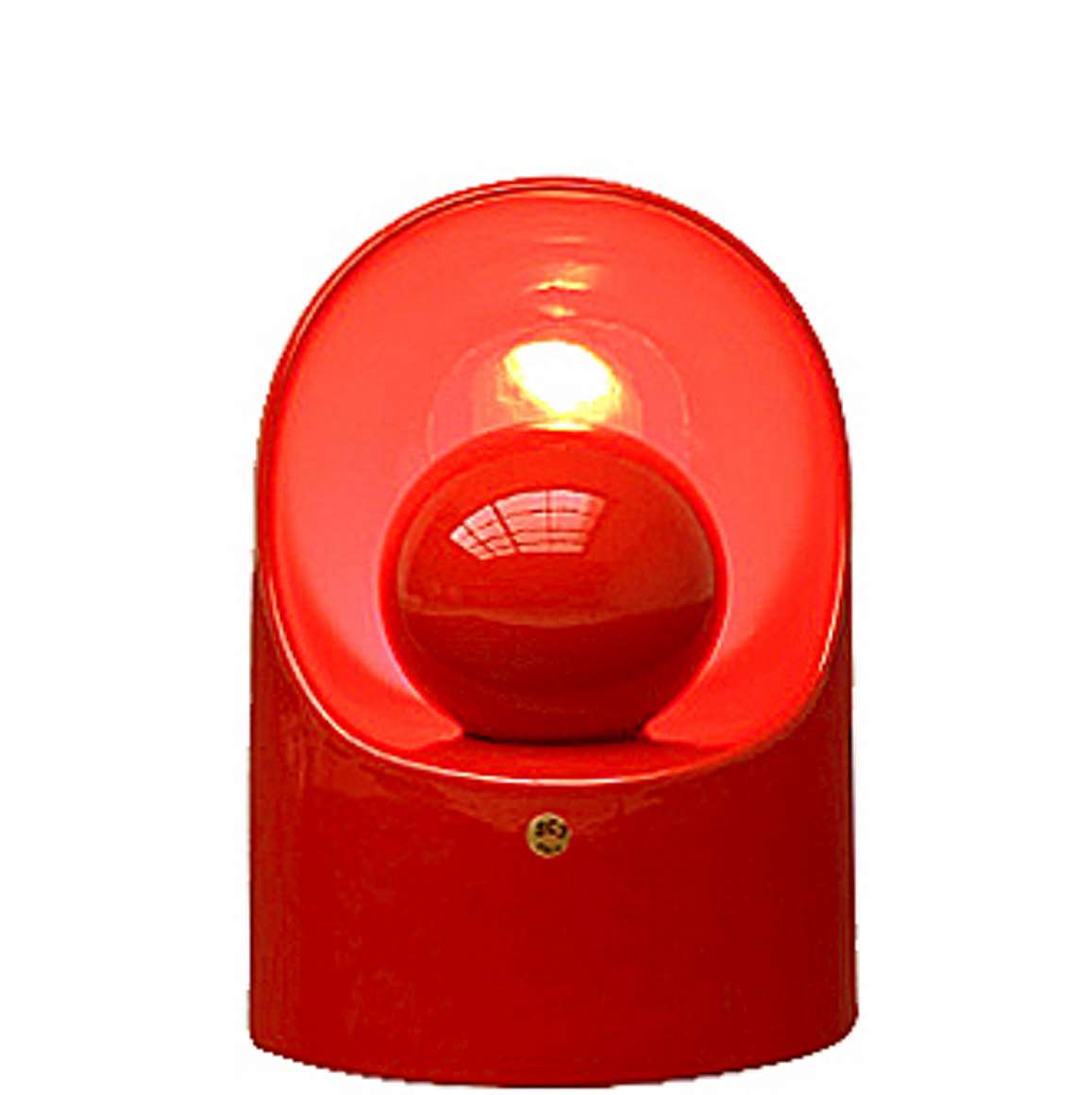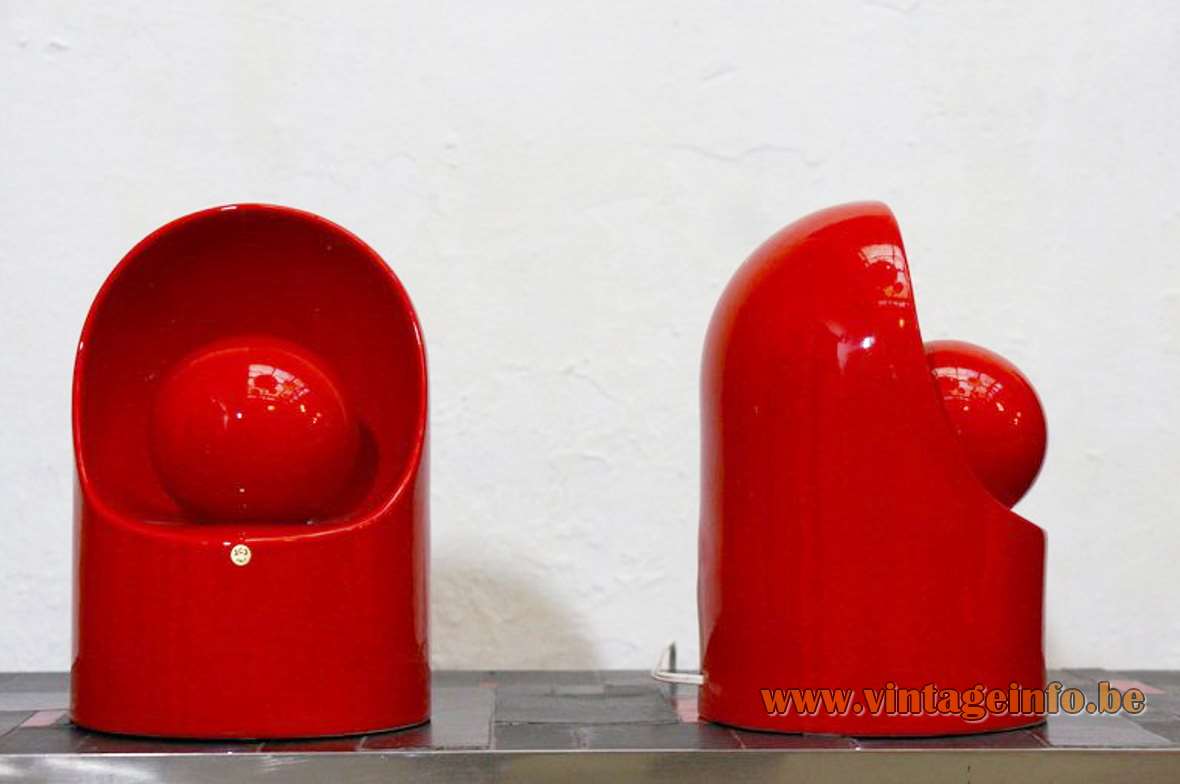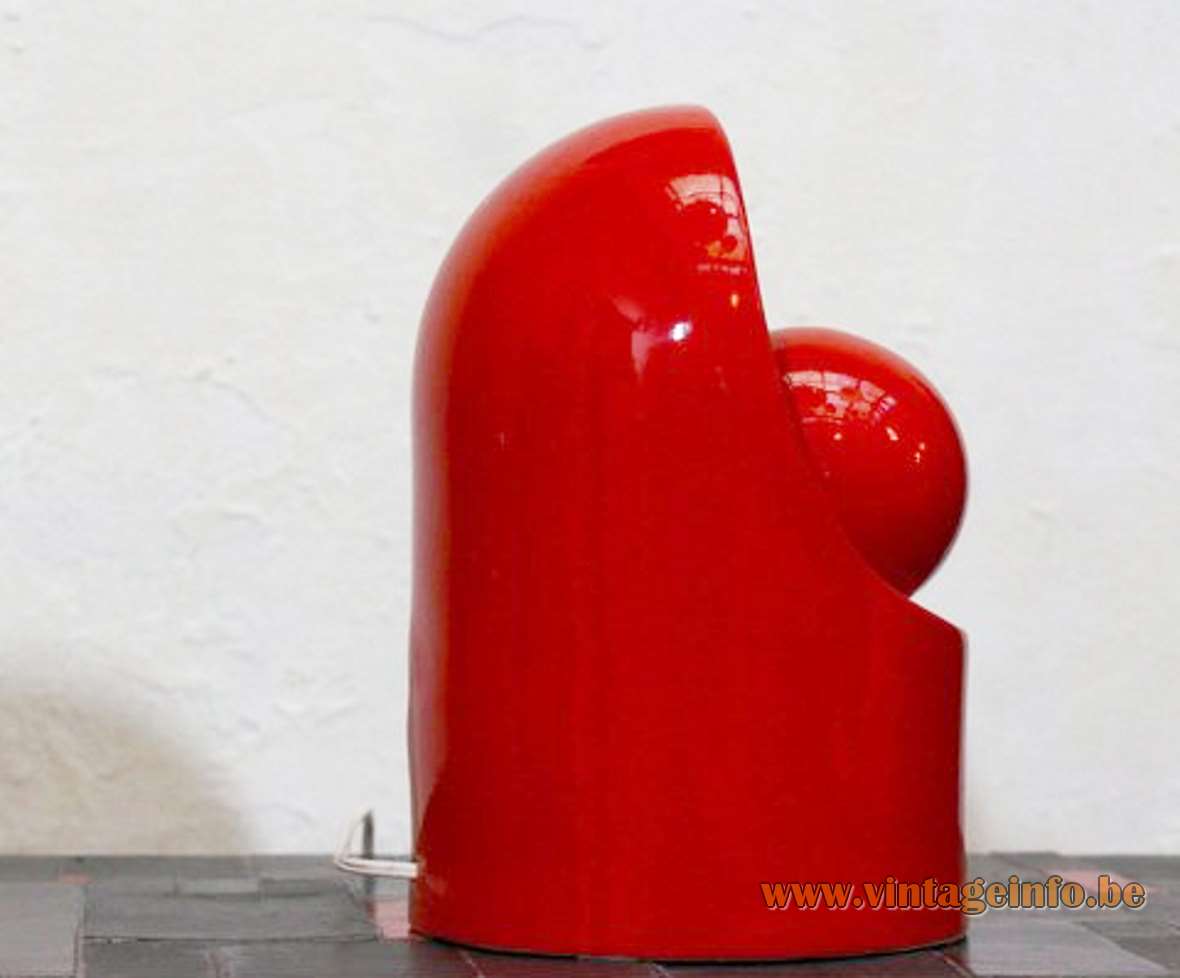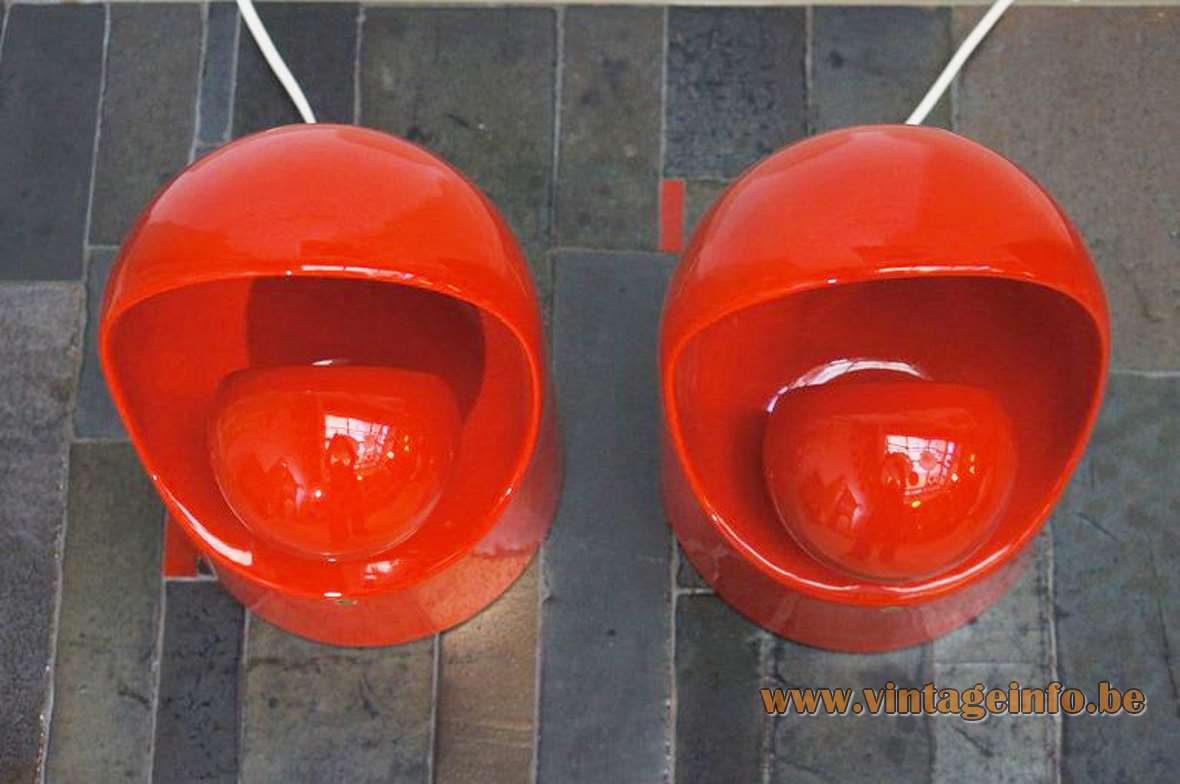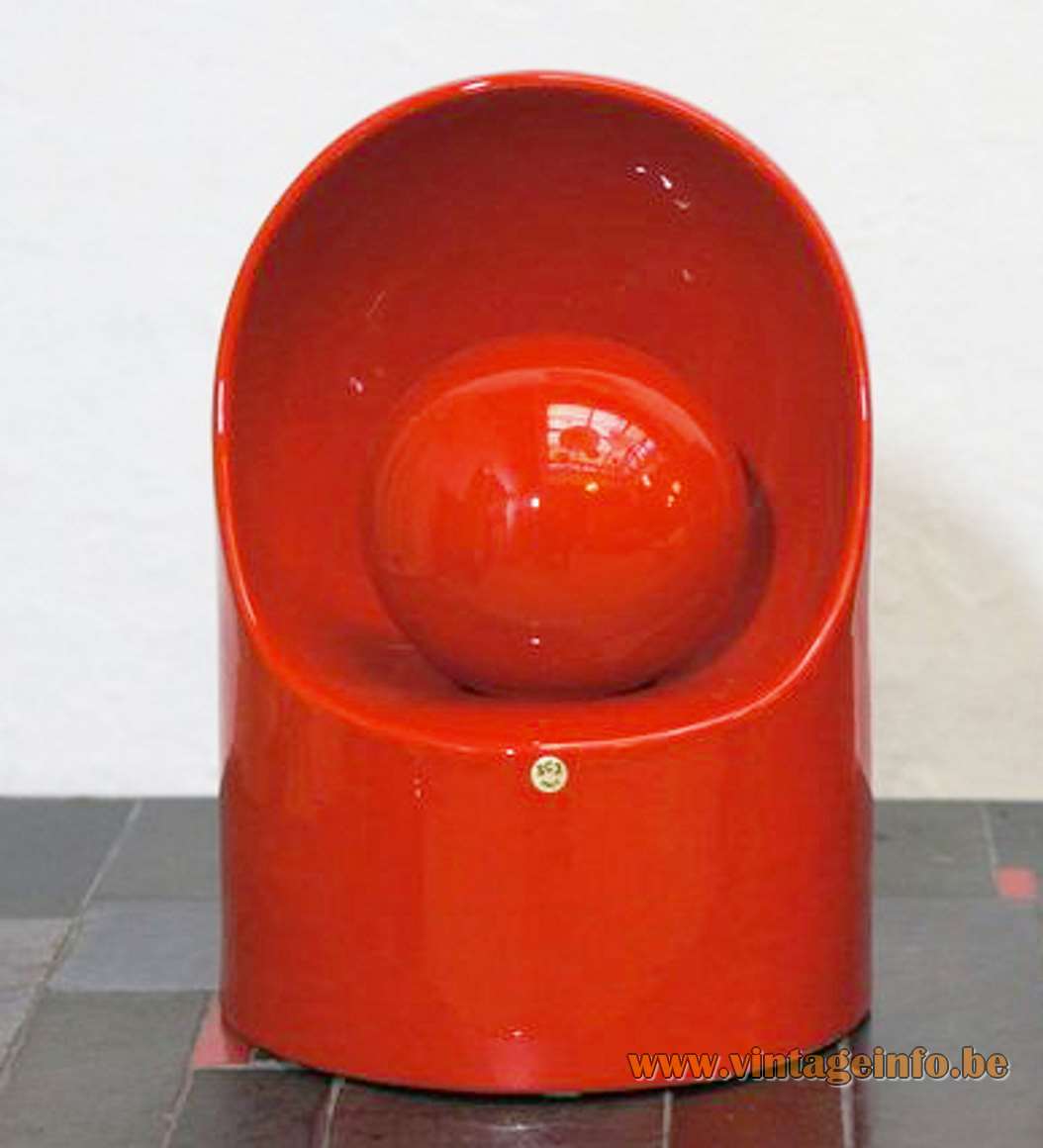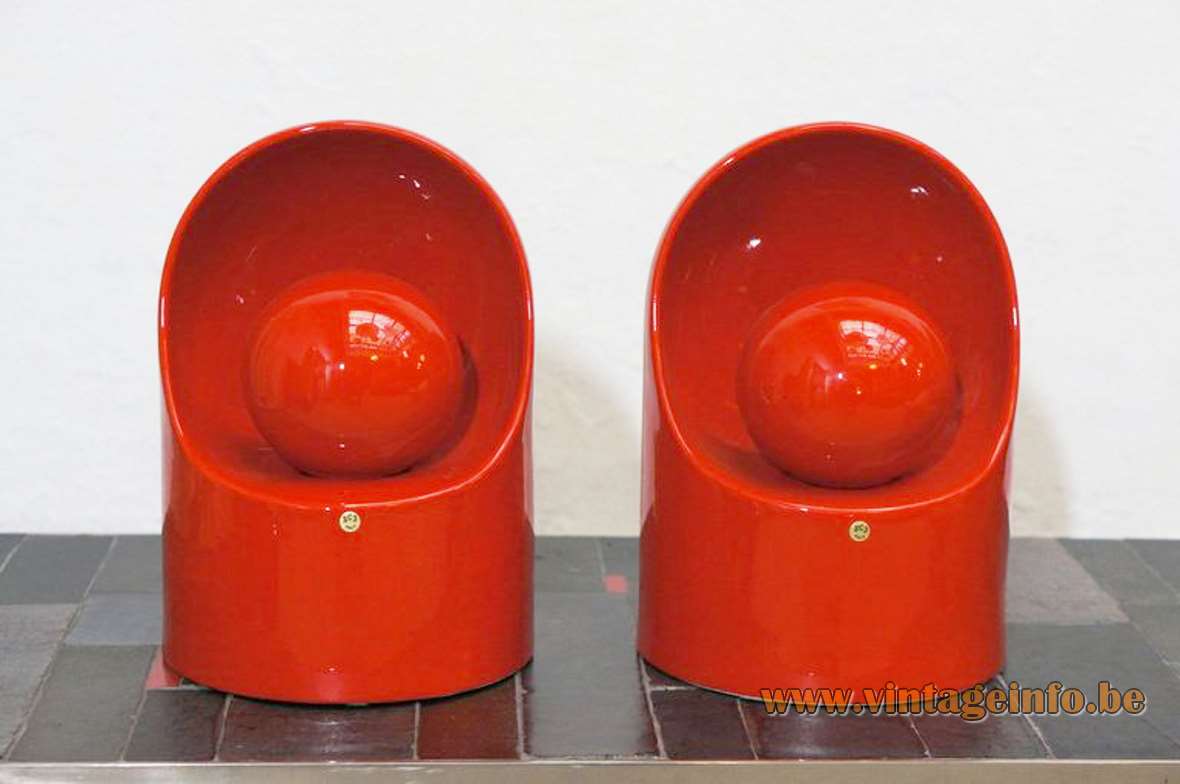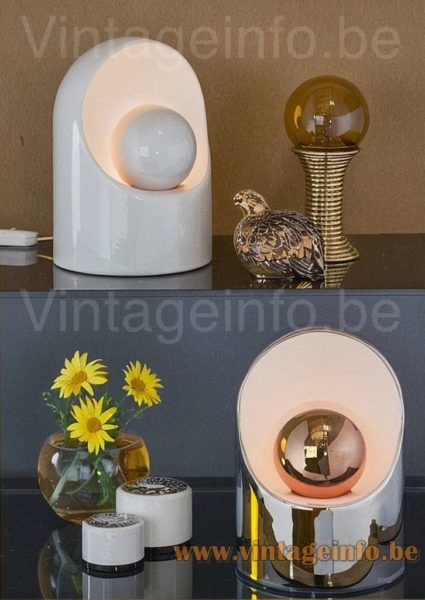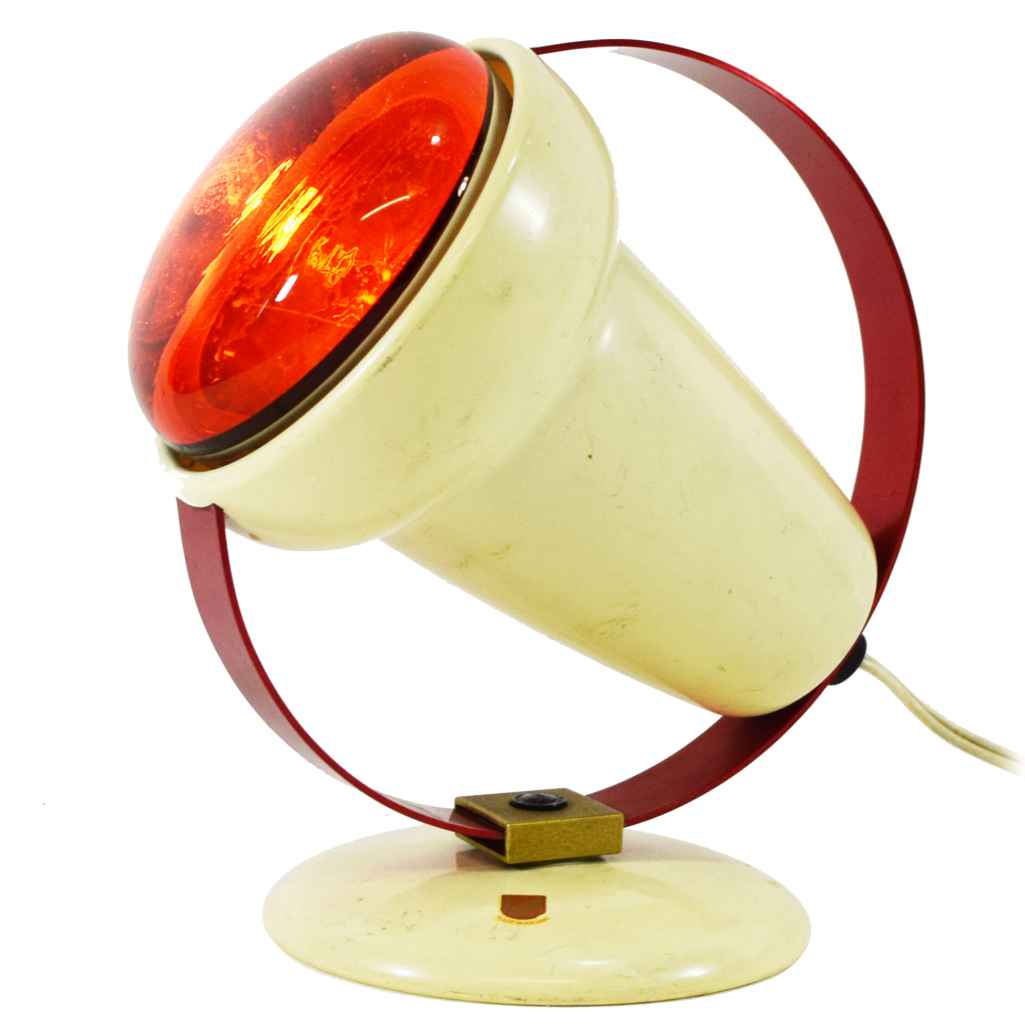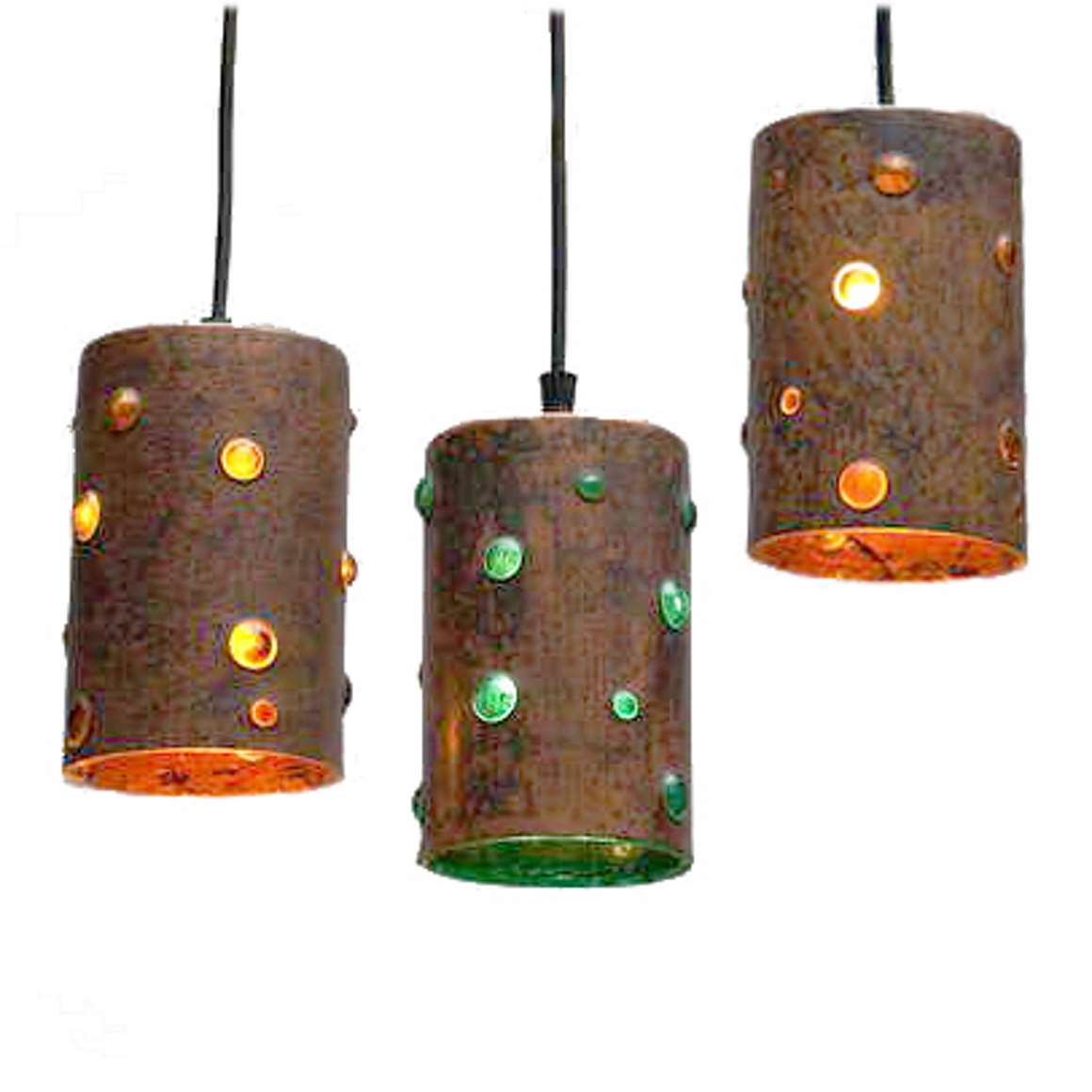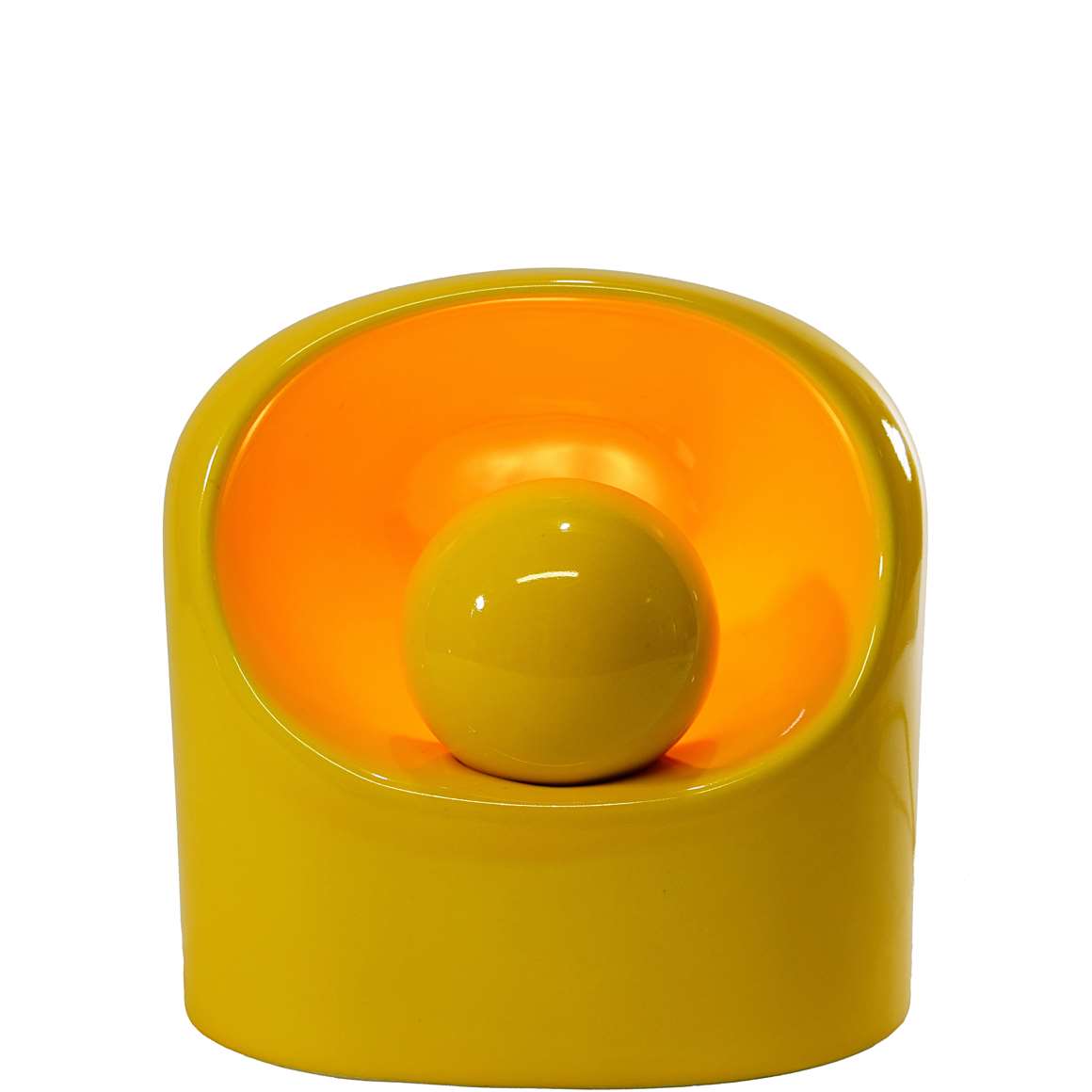SC3 Venezia Table Lamp – 1960s Philips Catalogue Picture
Model Venezia 01, the smaller version, here in white and chrome glazed ceramics.
Links (external links open in a new window)
The Philips Venezia table lamp – iF Design Awards website
The complete history of the company – Philips website
The Evoluon building – Wikipedia
Website of the Philips Museum in Eindhoven
Pino Spagnolo designs for Sicart – Google images
Gabbianelli ceramics – Google images
Vintageinfo
Valencia table lamp – lamp from the same series as this one
Many thanks to Frank from Flowermountain for the pictures.
SC3 Venezia Table Lamp
Materials: Yellow glazed ceramics base & lampshade. Revolving eclipse style yellow glazed ceramics diffuser. Black Bakelite E14 socket.
Height: 30 cm / 11.81”
Width: 20 cm / 7.87”
Electricity: 1 bulb E14, 1 x 40 watt maximum, 110/220 volt.
Not any type of light bulb can be used. A small round one is necessary.
Period: 1960s, 1970s – Mid-Century Modern.
Designer: To be appraised.
Manufacturer: SC3, Italy for Koninklijke Philips, Eindhoven, The Netherlands.
Other versions: This red SC3 Venezia table lamp exists in a few sizes and colours. This one is model Venezia 01. Another lamp from this series, a sort of round, convex eclipse lamp, also made in ceramic, is called Valencia. You can find it over here.
These lamps are always sold as a “Marcello Cuneo red porcelain table lamp”, but they are not. This lamp is named Venezia and won an iF Design Award in 1974. It also does not appear on the website of Marcello Cuneo. Remarkable for a lamp that has won an award.
Often you find them labelled en pressed in the bottom with SC3 Italy, such as these ones, never with a Gabbianelli label. In all probability SC3, an Italian ceramics company, produced the lamps for Philips and also sold them under their name. This lamp is often named model SC3, designed by Marcello Cuneo… but there are several different models, all with the SC3 label, so that is nonsense.
The mistake is understandable, these lamps and the ceramics are very similar with the glazing of Gabbianelli. But at that time many companies produced similar colourful ceramics. The Italian Sicart company is a fine example. Especially the Pino Spagnolo designs are reminiscent.
Marcello Cuneo
Marcello Cuneo, born in Cagliari, Italy in 1933, graduated from the Milan Polytechnic. He worked for 8 years with the famous Giò Ponti.
Since the 1960s, architect Marcello Cuneo has been an exponent of the Italian interior design and industrial design that has become so well known all over the world as a synonym of high quality design. His projects have received prestigious national as well as international awards. More info on his website.
His most famous lamp is the Longobarda (Lombard) lamp he designed in 1966, named after an ancient Lombard’s helmet. It was first manufactured by Gabbianelli, then by Ghieri. Marcello Cuneo past away in Milan, February 2, 2015.
Koninklijke Philips N.V.
Inspired by the fast-growing electricity industry and by the promising results of Gerard Philips’ own experiments with reliable carbon filaments, his father, the Jewish banker Frederik Philips from Zaltbommel, financed the purchase of a small factory in Eindhoven, the Netherlands, on 15 May 1891.
The first years were difficult and the company was close to bankruptcy, but in 1895 Gerard’s younger brother Anton Philips joined the firm. With Anton’s commercial drive the family business expanded very quickly and the Philips brothers turned the lamp factory into the basis of what would become a major international electronics company.
To secure the supply of lamp parts, Philips very early started to make things in-house: its own machines, its own glass (from 1916) and even its own gas separation to fill lamps with argon, so it was less dependent on German suppliers during wartime. This strong vertical integration became typical for Philips and later also supported radio and medical products.
From the 1920s onward Philips did not only make lamps but also radios and even ran its own shortwave stations (PCJ and PHOHI) to promote them worldwide – an early mix of product and broadcasting.
In later sources the “first Philips shaver” is sometimes put in the early 1930s, but Philips itself dates the electric Philishave to 1939; in any case it shows how the company moved from lighting into small household and personal devices.
On 9 May 1940, the day before the German invasion, the Philips family left for the United States with a large part of the company’s capital. From there they continued operations as the North American Philips Company and kept control over the group during the war. After 1945 the headquarters returned to the Netherlands, again in Eindhoven.
After the war Philips became a broad technology group: radios, televisions, X-ray and medical equipment, and of course lighting, which remained one of its core businesses for decades. Only much later, in 2016, the lighting activities were split off and continued under the name Signify – all vintage Philips luminaires on this site belong to the period when lighting was still an integral part of Philips.
Today Philips is mainly a health-technology company. The roots are still in Eindhoven, but since 2025 the head office is in Amsterdam (Prinses Irenestraat 59).
Sc3 Venezia Table Lamp – 1960s Catalogue Picture
Venezia 01 and Venezia 02 in white.
Sc3 Venezia Table Lamp – Yellow Version
Venezia 02, the bigger version of the red one in yellow.
